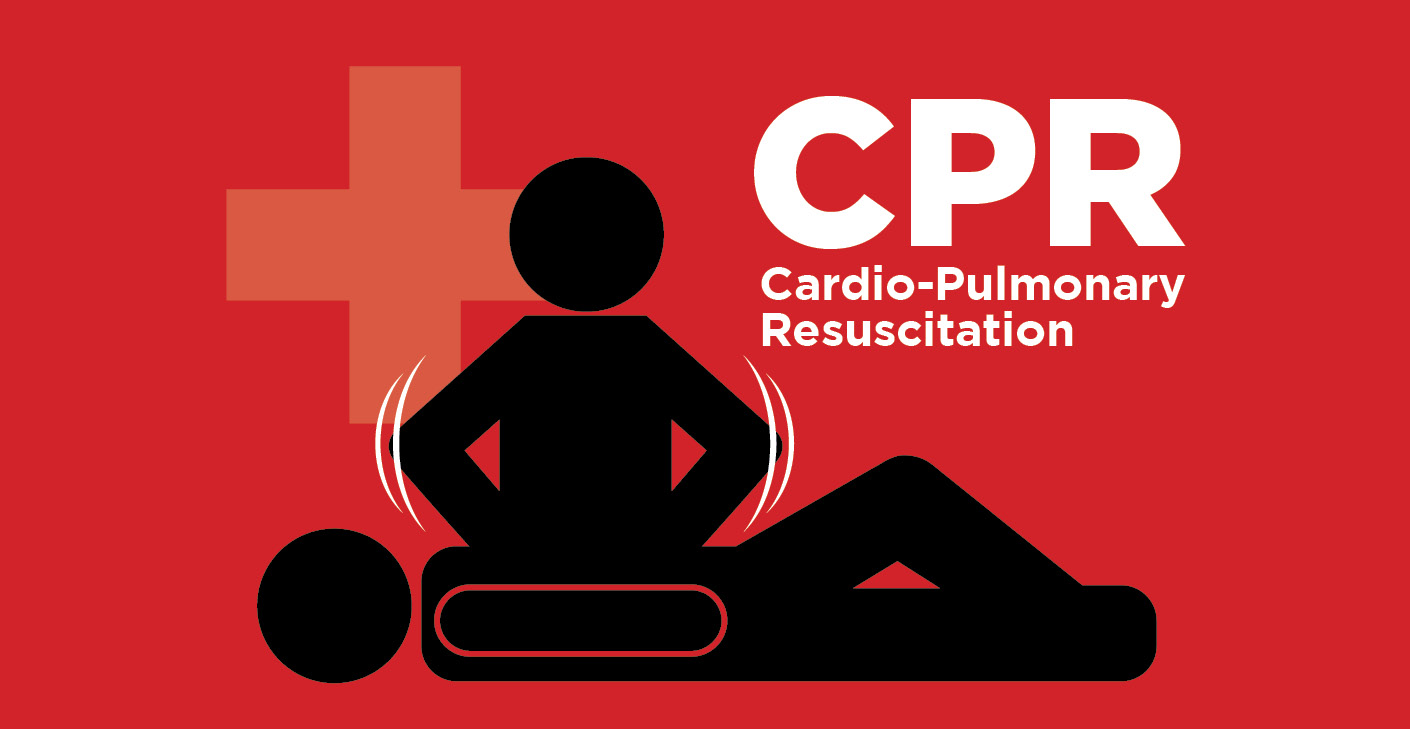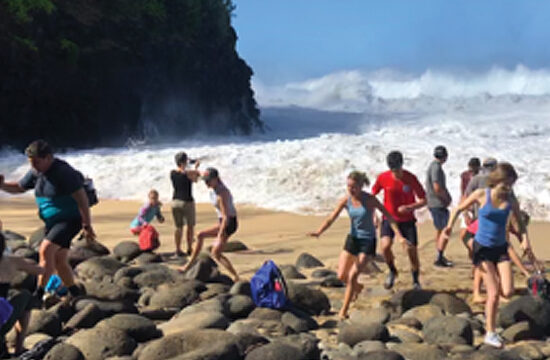A magazine oriented towards our Kauai youth may seem like an unlikely place to run an article about CPR, since it’s very unlikely that any of you will need CPR performed on you in the near future.

President
Kaua`i Lifeguard Association
You may or may not know that I myself am an ER doctor and I get to see people who are brought into the ER by ambulance after they collapsed and who get community-CPR. In the last 10-15 years there have been some major developments in CPR technique and I have noticed a very significant increase in what we call “good outcomes” because of these developments, and because of the ever-increasing number of people in our community who are aware of these developments and who know how to perform excellent “high performance” CPR.

The first principle is “push hard and push fast.” “Hard” means pushing the breastbone in 2.4 inches in an adult. (This is 1.5 inches in a child or infant or 1/3 the AP chest diameter). Try and get a measuring tape to measure 2.4 inches. It’s a lot! It often means you break someone’s ribs — which is why you DON’T want to do it until you’re sure that the person doesn’t have a pulse! “Fast” means 100 compressions per minute. If you can get the BeeGee’s song “Stayin’ alive” into your head, that’s the rhythm and pace. Then there’s a term called “recoil”, where you make sure you let the breastbone return all the way to it’s original and normal position after every compression. If you don’t allow for good recoil, the underlying heart doesn’t get a chance to fill up with blood, with the result that the blood you’re trying to pump out (to the victim’s brain) with your compressions won’t be effective,
In the last 10-15 years there have been some major developments in CPR technique and I have noticed a very significant increase in what we call “good outcomes…”
If you’re a 6th grader, you will get tired within a minute or two and your compressions will lose their effectiveness. So that’s another thing you have to know: Namely, assuming there are at least 2 of you there, switch your positions regularly and frequently.

Hey, I’ve already gone into much more detail than I intended to. The way to really learn the details is to take a course. You’ll get a course if you’re going into 6th grade, and otherwise you can call the American Red Cross at 245-2919.
Additionally , our Junior Lifeguard program just purchased a “Resucie Annie” mannequin, and you Junior Lifeguards will have gotten hands-on experience with this by the time this article comes out.
In the last year I have seen an instance where family gave CPR to a parent who collapsed, it was 7 minutes before Firefighters arrived. The Firefighters arrived and applied their defibrillator (and this is a whole other part of the resuscitation story, since there are an ever-increasing number of defibrillators in stores and shopping centers around Kauai, thanks to Hanalei Rotary.). The parent’s heart responded to the defibrillator, and he came back to life and is now leading a normal life with his family. Oh Wow!
You may one day find yourself being part of a scenario like this. In a way I hope not, it’s not a stress-free situation. But if you do, and if you are prepared for it, it may go really well for you and it may be a highlight of YOUR life as well as of course the near-victim’s life.
Have a good school year, whatever grade you’re going into!







